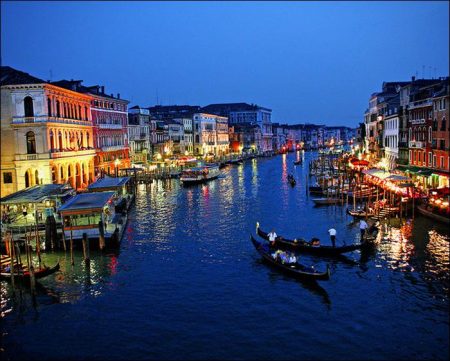Within historical times, that is a length of time varying in different parts of Italy from 2,000-3,000 years, changes in the physical environment have of course been gradual and limited. Some may be suggested, however, since they have affected man’s activities in the historical period, even if only locally and to a limited extent.
In the first place there has been considerable volcanic activity. Pompei and Herculaneum were completely destroyed by Vesuvius in A.D. 79; the former by an ash fall and the latter by a mud flow up to 20 metres thick, which was much harder than the pumice ash. Four volcanoes are still active. Associated in some cases with volcanic activity but generally with other movements in the earth’s crust have been numerous earthquakes of varying degrees of intensity.
Virtually every part of Italy is susceptible to tremors but very serious earthquakes are more limited in occurrence. Apart from a few areas in the Alps and Liguria the worst earthquakes have nearly all occurred in the interior of the Peninsula and in eastern Sicily. Three very serious earthquakes of the 20th century are noted on the map and in 1962 the Irpinia area was again affected.
The epicentre of the Messina earthquake in 1908 was in the Strait of Messina facing the town. It brought destruction or serious damage to almost every building in Messina and Reggio Calabria and caused the death of almost 100,000 persons in these two provinces alone. The widespread earthquake activity testifies to the youthful state of the landscape in which tectonic relief dominates in parts of the Peninsula.
Other activity that has changed the physical environment in historical times has affected both the coasts and many interior localities. There is a marked tendency for many Italian rivers to build deltas. Some, including the Po, Arno and Tiber, have pushed seawards many miles. Inland, usually with the help of man, lakes have been drained or reduced.
In the Alps steep slopes are widespread and avalanches frequently occur, and in the Apennines, as already noted, landslides occur widely in clay areas. Partly at least as a result of the removal of woodland and excessive ploughing of steep slopes, gullying has also been widespread in Peninsular Italy and Sicily and much land has been rendered permanently useless or made suitable only for gradual reclamation by afforestation.
Visits: 126



